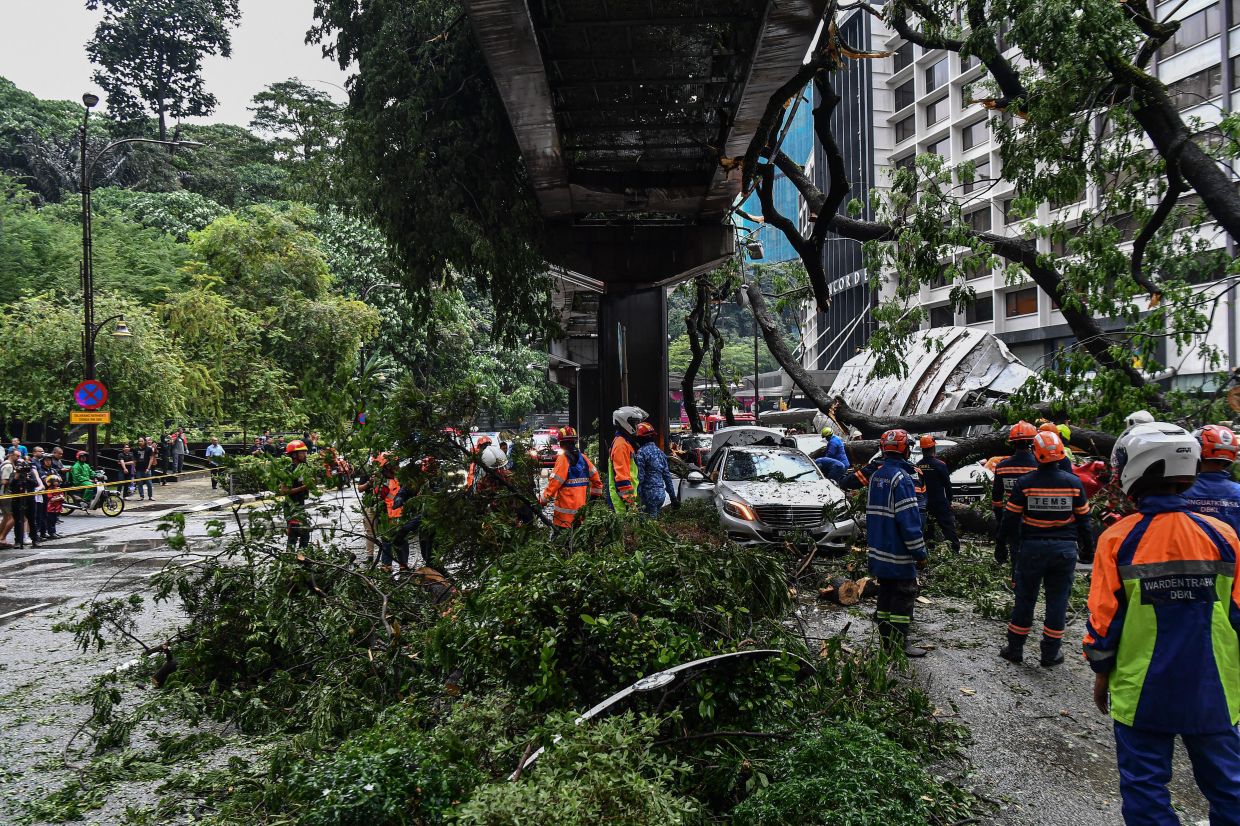
THE Malaysian Institute of Architects has urged for a climate-resilient urban design.
In a press statement to the media, the institute wants a proactive approach towards tree management in response to the recent incident on Jalan Sultan Ismail.
Among the suggestions is to conduct comprehensive tree assessments.
“Local governments should have arborists employed to maintain a register of public trees.
The health, condition, and value of existing street trees should be assessed before making any decisions regarding their removal, with removed trees to be replaced in an appropriate location nearby,” said its president Adrianta Aziz.
Secondly, there should be tree management policies with clear guidelines and regulations to guide the management, maintenance, and protection of street trees, ensuring their long-term viability.
In the spirit of Local Agenda 21, Adrianta also urged to foster community engagement by involving residents.
Community groups and professional bodies such as the institute could be roped into decision-making processes related to street tree management.
There should be a tree planting initiative by encouraging the planting of suitable species in urban areas, considering factors such as adaptability, biodiversity, and urban resilience.
She said the frequency and intensity of extreme weather occurrences underscores the vulnerability of urban infrastructure to extreme weather events.
It is important for local governments to make plans for climate resilience in our urban infrastructure and to improve our emergency preparedness initiatives.
She added that the incident underscores how our urban infrastructure systems are interconnected and intertwined and require a comprehensive approach to infrastructure design and maintenance to enhance overall resilience.
Long-term solutions require investments towards improving the quality of our urban infrastructure.
“Suitable urban design professionals, often architecturally trained, would be best poised to deliver solutions that enhance liveability, improve health and well-being, and create climate-resilient design outcomes,” she said.








